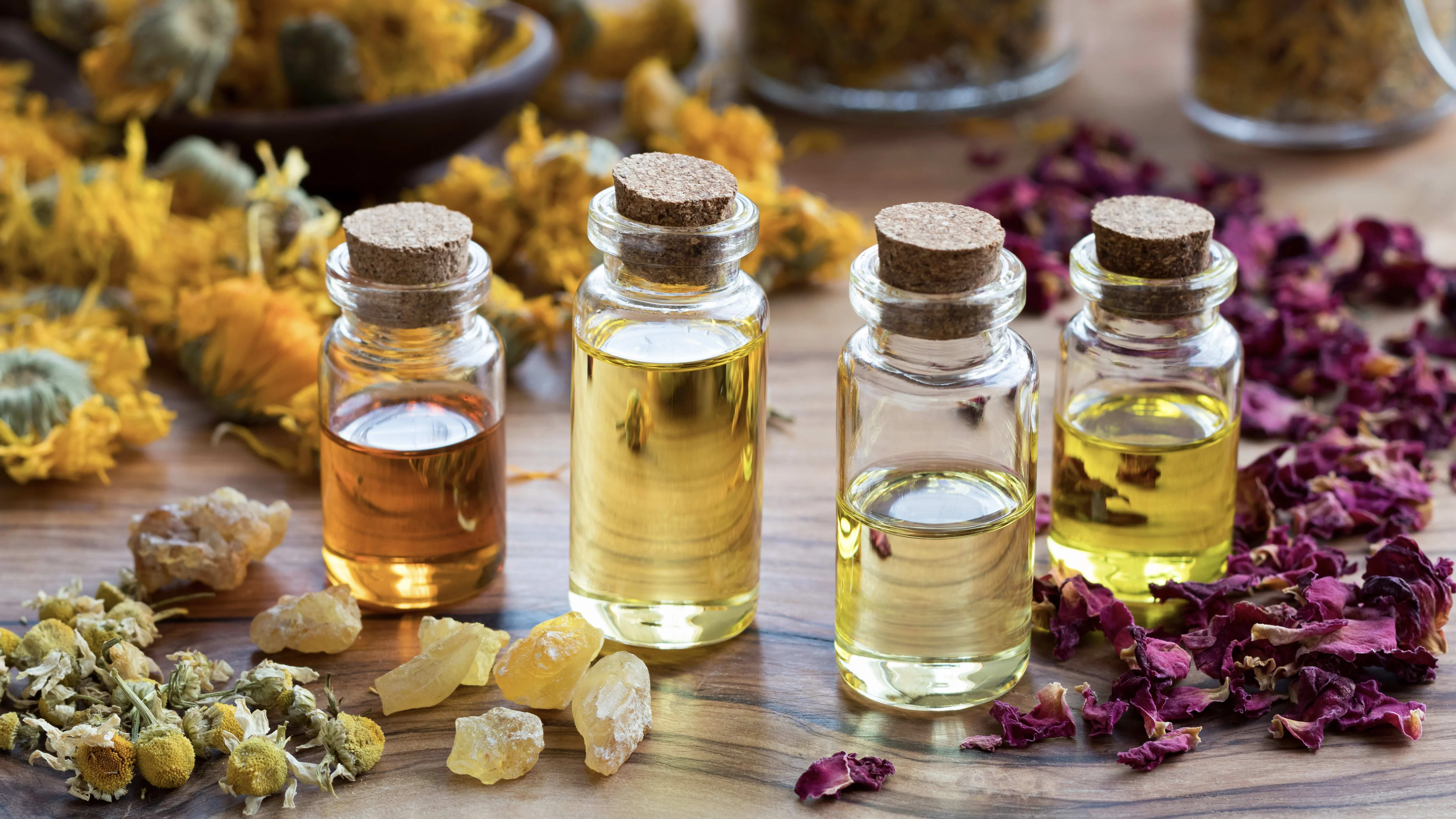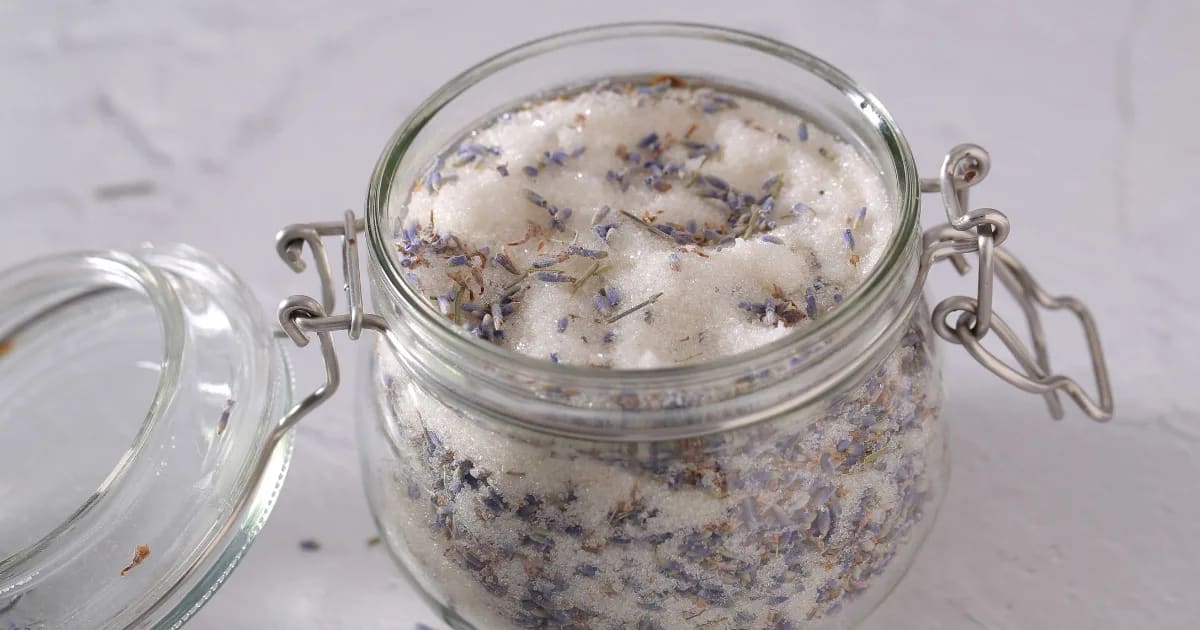Winter Comfort: Understanding Warming Oils

What are warming oils?
The cold months are here in the northern hemisphere! It’s time to break out all things cozy, like your favorite sweaters, blankets, and warming essential oils.
Some essential oils can help you feel warmer!
Let’s talk about warming essential oils, why they work, and how to use them.
Sometimes the phrase “warming essential oils” refers to oils that can warm you emotionally. They stir your energy, helping you feel more motivated and confident and dispelling listlessness and fatigue. Oils like this are incredibly comforting during the cold, dark months when we don’t get as much sunshine to help our bodies produce mood-boosting vitamin D.
Other times, the concept of “warming” is borrowed from T.C.M. (Traditional Chinese Medicine), where it’s used as a way to raise the body’s “yang” energy. Natural practitioners, like aromatherapists and herbalists, sometimes use this language in their work.
And some warm oils can bring about subtle sensations of warmth if you apply them topically (and safely!).
How do warming oils work?
Warmth can be created in two ways: by increasing blood flow or by irritating the skin. Before diving deeper into this post, let’s review some definitions of creating warmth in the body.
Circulatory stimulants – Substances that increase blood flow to and from organs.
Vasodilators – Substances that open the blood vessels.
Rubefacients – Substances that increase local blood circulation. They can cause an analgesic (pain relieving) effect, vasodilation, and skin redness due to irritation.
It’s difficult to place a warming oil into just one of these “categories.” Most warming oils show more than one of these effects (if not all!) Even in the definitions above, you’ll see some natural crossover.
Let’s take a closer look!
“Circulatory stimulant” is usually used by natural practitioners—like herbalists and aromatherapists—rather than Western medical doctors.
Circulatory stimulants increase blood flow to your tissues and organs.
This has a few benefits:
Bring more nutrients and oxygen to a specific area of your body.
Circulate more nutrients and oxygen through your entire system.
Relax areas that feel constricted, cold, and cut off from circulation.
Help flush out toxins or inflammatory substances that might have accumulated.
One example of when circulatory stimulants are helpful is when you’re experiencing swelling. They can usher out enzymes causing too much inflammation and introduce a fresh, healthy flow of blood and nutrients.
Ginger oil (Zingiber officinale) is a popular oil that encourages circulation. In his book, Aromatherapy for Healing the Spirit, Gabriel Mojay talks about the role of ginger in Chinese Medicine. He says:
As a circulatory stimulant and tonic of the heart, ginger oil is indicated for cold hands and feet, cardiac fatigue, and angina pectoris. Its hot, invigorating nature makes it, in addition, a powerful rubefacient for rheumatic pain of the cold, contracting type.
And in The Complete Guide to Aromatherapy, Vol 1 (Third Edition), author Salvatore Battaglia says that several components of ginger have been studied for their effects on the digestive, central nervous, and cardiovascular systems. They’ve been shown to have an anti-inflammatory effect by inhibiting prostaglandins (substances in the body involved in the inflammatory process).
He later says, “Ginger oil may be used in a compress or massage for rheumatism, arthritis, and muscular pain of a cold, contracting type.”
Ginger can stimulate the skin as a rubefacient, causing redness and irritation and increasing blood flow.
We usually talk about how to avoid skin irritation with essential oils. Why would we suggest irritating your skin on purpose?
Because if done safely, the warming effect can be comforting without getting overwhelming.
Topical rubefacients are sometimes used to ease pain in muscles and joints. Limited studies suggest they’re effective, but their use is still very popular.
Many people find warming rubefacient oils soothing, especially for issues that are made worse by the cold, like some types of arthritis. (However, it’s important to note that not all rubefacient oils are warming. Be sure to check the information for the individual oil you’re using.)
Clove bud oil (Syzygium aromaticum/Eugenia caryophyllata) is a great example! Clove bud irritates keratinocytes—the primary type of cell present in your skin’s epidermis. That makes the area where it’s applied feel warmer. While too much clove bud oil can quickly get uncomfortable, the right amount can bring on a gentle warming effect that’s comforting in cool weather or for cold and painful issues.
Some warming oils are also vasodilators.
They relax and dilate blood vessels, allowing blood to flow more freely and increasing the circulation of nutrients and oxygen.
Essential oils that cause vasodilation don’t typically have a significant, systemic effect on the whole body. Instead, they temporarily increase blood flow in the local area where they’re applied. (Like rubefacients, vasodilators aren’t always warming.)
Juniper berry oil (Juniperus communis) is a vasodilator. It helps relax blood vessels and smooth muscles- involuntary muscles in the body—like in the walls of the stomach, veins, and arteries. You can’t intentionally contract or release these muscles, but vasodilators help them relax, so blood and nutrients flow more easily.
However, the warmth that juniper berry brings to an area is caused by their stimulating, rubefacient effects. It is a popular oil for cold, achy joints and muscles.
What can you use warming oils for?
Now that we’ve covered some of the ways essential oils can make you feel warm let’s talk about how you can use warming oils.
Inhaling a warming oil can stir your emotional energy and bring more motivation, confidence, and reassurance, but you probably won’t notice that you feel any warmer physically.
Topical blends using a low dilution with our warming oils helps to warm up cold joints and old injuries. Diffuser blends warm our emotions and gives us a cozy feeling.
Another thing to keep in mind is that if you’re dealing with an issue like pain or swelling that already feels warm or hot to the touch, applying a warming oil wouldn’t be the best choice. It could make the area even more uncomfortable. Instead, choose a cooler oil that helps dissipate inflammation and ushers heat out of the area—like lavender (Lavandula angustifolia) or German chamomile (Matricaria recutita).
Apply warming oils to:
Warm up specific areas of your body on cold days
Bring more circulation to cold hands and feet
Stimulate your body so you feel more energized
Relax tight, constricted muscles
Soothe pain in joints that feel worse in cold weather
Reduce areas of swelling (that feel cool to the touch)
Soothe indigestion or bloating.
Calm and warm emotions
6 Warming essential oils
There are plenty of warming essential oils we could have included here! We’ve narrowed the list to six of our favorites—go-to warming oils we keep on hand during winter.
Black pepper (Piper nigrum)
Battaglia calls black pepper a rubefacient and says that in T.C.M. (Traditional Chinese Medicine), it’s used to address cold, damp issues. Black pepper is also a circulatory stimulant.Cardamom (Elettaria cardamomum)
Cardamom’s rubefacient, the mild irritating effect, creates a gentle warming sensation.Cinnamon bark (Cinnamomum zeylanicum)
Cinnamon bark has special safety precautions. If using topically, limit to 1-2 drops per 1 ounce (30 ml) of carrier and only use on a specific localized area for a short period. My favorite way to use cinnamon bark is in a diffuser for its warming psych qualities.Clove bud (Syzygium aromaticum/Eugenia caryophyllata)
Clove bud is a rubefacient and skin irritator. It’s a potent warming oil! Use it at no more than 0.5% dilution (about 2–3 drops per 1 oz/30 ml of carrier) and only briefly.Ginger (Zingiber officinale)
Ginger is a circulatory stimulant and rubefacient. It’s a traditional warming herb and oil that’s also exceptionally good at supporting digestion.Juniper berry (Juniperus communis)
Juniper berry promotes vasodilation and circulatory stimulation. It’s incredible for soothing cold, painful joints.
Safety with warming oils
Practicing safety with all essential oils is important, but warming oils call for extra caution.
As we’ve noted, some of them can cause skin irritation if used in concentrations that are too high. Spicy oils, like clove bud, ginger, and nutmeg, are especially known for this. Some also shouldn’t be used alongside blood-thinning medications like warfarin because they can affect platelet aggregation.
Each warming oil has its safety precautions, so follow those specifically.
Don’t try to generalize with warming oils. What makes one safe for skin application may not work well with another. We recommend diluting them well in a skin-nourishing carrier oil or butter for all warming oils.
At Aromahead, we blend warming oils with more skin-loving oils like lavender (Lavandula angustifolia) and frankincense (Boswellia carterii). These oils are so soothing and can even help repair skin cells. So while the warming oil is working, the gentler oils can help the skin protect and repair itself in the face of potential irritation.
Here is one of my favorite diffuser recipes using cinnamon bark with citrus. A blend for sparkle!
 Cinnamon Sparkle Diffuser Blend Recipe
Cinnamon Sparkle Diffuser Blend Recipe
5 drops Sweet Orange (Citrus sinensis)
2 drops distilled Lime (Citrus aurantifolia)
1 drop Cinnamon Bark (Cinnamomum zeylanicum)
Directions: Drop all essential oils into your favorite diffuser.
We recommend enrolling in our Aromatherapy Certification Course to learn even more about using these incredible oils safely and effectively. It takes a deep dive into the chemical properties and safety considerations of 48 popular essential oils, including the warming oils listed in this article!
Take the next step in your aromatherapy journey with our evidence-based, professional-level course, The Aromatherapy Certification Program!
REFERENCES
Akkol, E.K., Güvenc, A. and Yesilada, E. (2009) A comparative study on the antinociceptive and anti-inflammatory activities of five Juniperus taxa. Journal of Ethnopharmacology 125, 2, 330-336.
Bais, S., Abrol, N., & Prashar, Y. (2017). Modulatory effect of standardised amentoflavone isolated from Juniperus communis L. agianst Freund’s adjuvant induced arthritis in rats (histopathological and X Ray analysis). Biomedicine & Pharmacotherapy, 86, 381-392.
Battaglia, S. (1995) The Complete Guide to Aromatherapy. Virginia, QLD: Perfect Potion
Battaglia, S. (2018) The Complete Guide to Aromatherapy (Third Edition) Vol I: Foundations & Materia Medica. Zillmere, QLD, Australia. Black Pepper Creative Party, Ltd.
de Araújo Lopes, A., da Fonseca, F.N., Rocha, T.M., de Freitas, L.B., Araújo, E.V.O., Wong, D.V.T., Lima Júnior, R.C.P., and Leal, L.K.A.M. (2018) Eugenol as a Promising Molecule for the Treatment of Dermatitis: Antioxidant and Anti-inflammatory Activities and its Nanoformulation. Oxidative Medicine and Cellular Longevity. 2018, 8194849, doi.org/10.1155/2018/8194849
Mojay, G. (1997) Aromatherapy for Healing the Spirit. Rochester, Vermont: Healing Arts Press
Prashar, A., Locke, I. C., & Evans, C. S. (2006). Cytotoxicity of clove (Syzygium aromaticum) oil and its major components to human skin cells. Cell Proliferation, 39(4), 241-248





